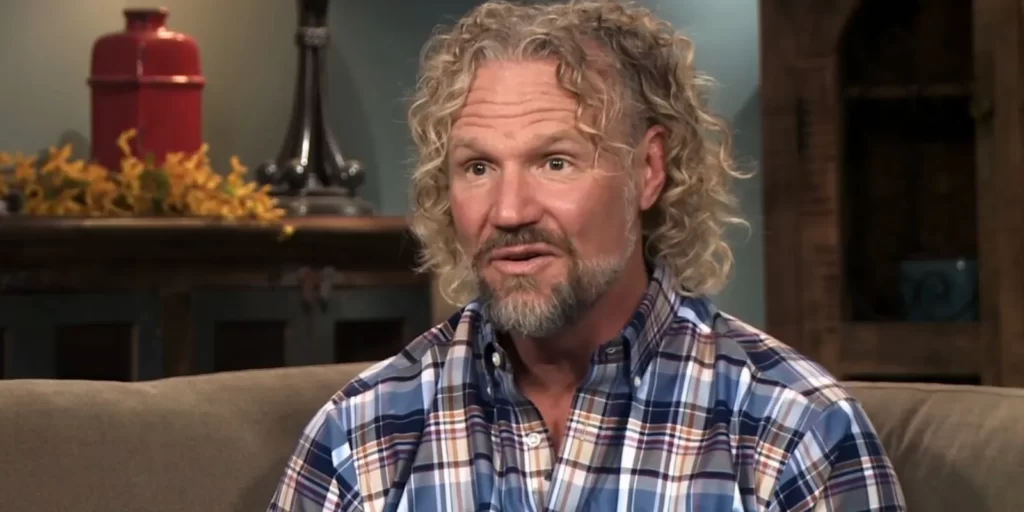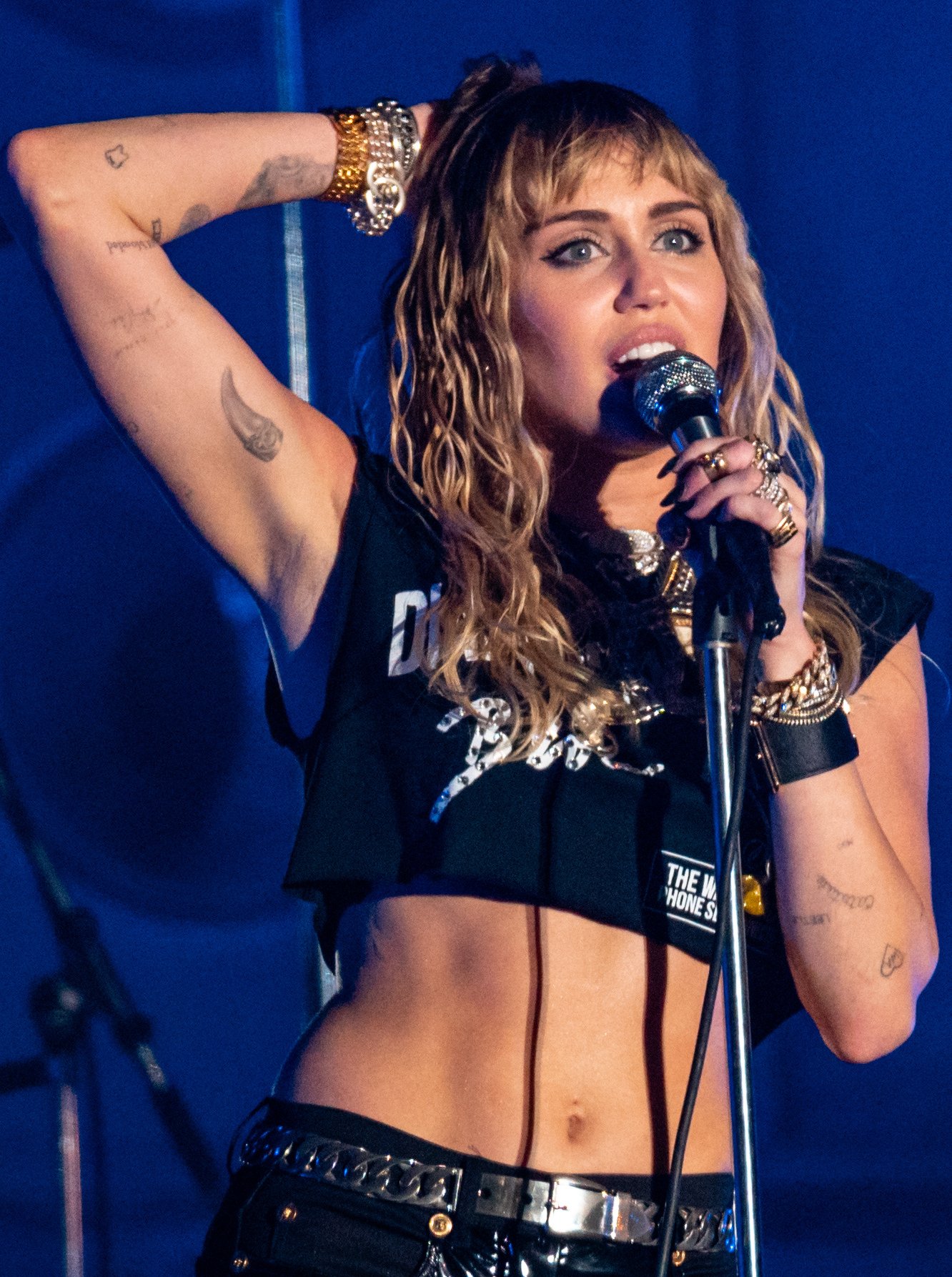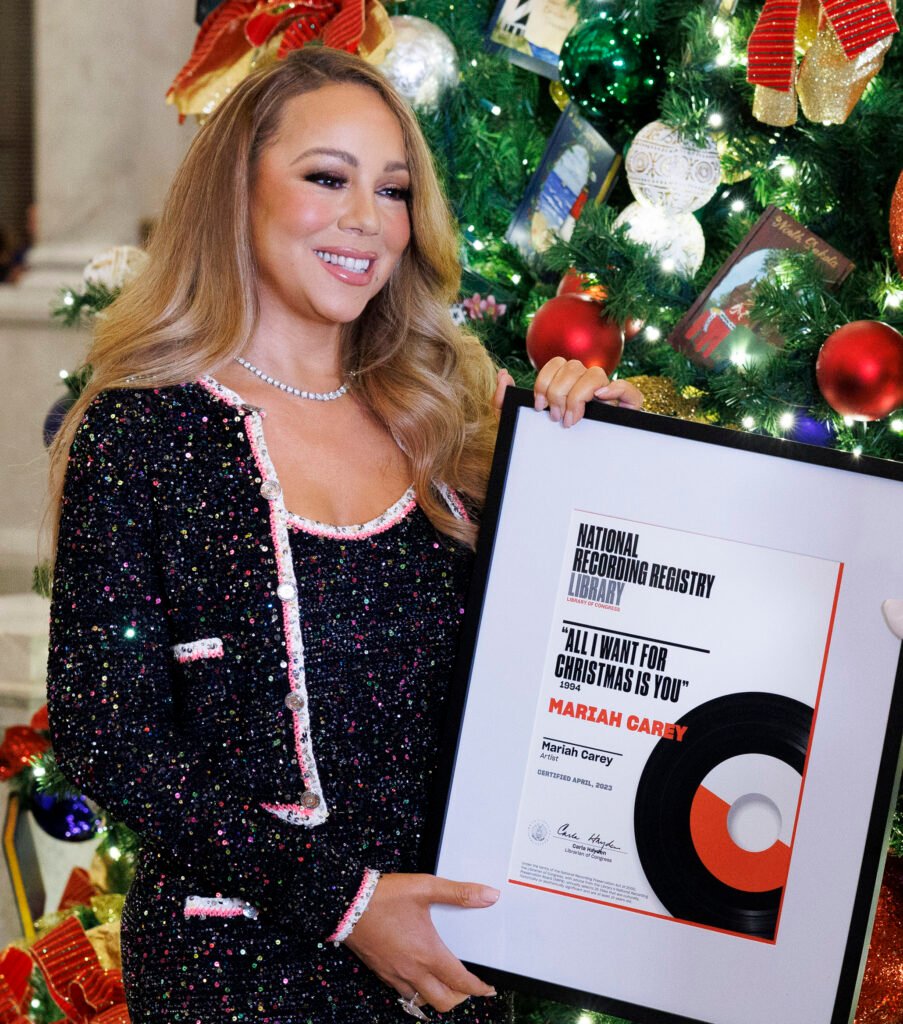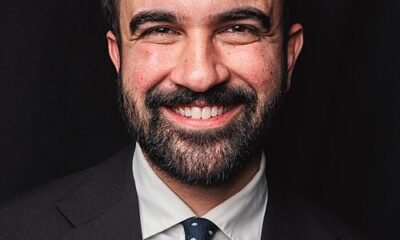Entertainment
Kody Brown Whines About Plural Marriage, Is Just So Very Sexist on November 3, 2023 at 2:33 pm The Hollywood Gossip

You know what, Sister Wives fans?
We’re starting to think that Kody Brown just isn’t a very good person.
In footage from the November 5 episode of this TLC reality show, posted early online by E! News, the family patriarch stops by Janelle Brown’s home in the wake of this spouse deciding she wants to separate.
And it looks like the mother of six is doing just fine and dandy.
Kody Brown says something that is likely very selfish and sexist in this confessional. (TLC)
“I guess in a way this has been a nice space because he’s not ever been into this space,” Janelle explains in the clip.
“So, it feels like it’s kind of my space. I’ve sort of liked having it as kind of my little sanctuary.”
Kody tries to play it cool in front of his ex.
But he then admits to the camera that the entire thing is very awkward for him — and he does so in the most Kody Brown way possible… by which we mean, the most selfish and sexist way possible.
Kody Brown just never seems happy, huh? We’re not fans. (TLC)
“I don’t know how weird this is,” Kody says in a confessional after Janelle tells him she needs help hanging up some artwork.
“I mean, maybe it’s just a test. ‘Hey, will you come over and hang pictures?’ ‘Sure, okay.’ I mean, I’ve been married to four women. Everything’s a test. ‘Pick me, pick me. Do something for me. Do something for me.’
“That’s what plural marriage can feel like sometimes.”
Can someone please break out the world’s tiniest violin for Kody Brown?
The poor guy has just been harassed and bothered by women for, like, his whole adult life!
Kody Brown appears to be both sad and confused in this photo from a Sister Wives episode. (TLC)
Kody, of course, no longer has this problem.
Christine left him in November 2021. Janelle did the same about a year later. And then he and Meri terminated their marriage this past January.
On this Sunday’s episode, which was filmed many months ago, it appears to maybe finally dawn on Kody that his relationship with Janelle is kaput.
“It’s her apartment. It’s not ours. But there’s no room for me,” Brown tells the audience.
“It’s not about me and her. I honestly don’t know why she’s showing me other than, well, I mean, our daughter lives there.”
Kody Brown and Janelle Brown of Sister Wives fame are featured in this split screen image. (TLC)
Elsewhere on this same installment, we’ll get a glimpse into where things stand between Kody and the kids he shares with Janelle.
“Kody has been making effort with Savanah,” the latter says on air, adding as an update:
“He takes her out to dinner every couple of weeks. He is seeing her more frequently than he was at the beginning of the year for sure.”
As for sons Gabriel and Garrison, however, neither of whom Kody talks to these days?
Janelle Brown spills some tea here on just how and why Kody dumped her. (TLC)
“I’m pretty sad that I’m not close anymore,” he says on the episode.
“There was just so many things in our lives that we did that were rich together, you know, just special experiences…
“I think and hope that in time we’ll just get over this and that we’ll be safe being back around each other.
“Right now, there’s not really an open door with Gabe and Garrison … they’re not willing to engage me.”
Kody Brown Whines About Plural Marriage, Is Just So Very Sexist was originally published on The Hollywood Gossip.
Kody Brown thinks women are constantly needy and that he deserves your pity for putting up with them.
Kody Brown Whines About Plural Marriage, Is Just So Very Sexist was originally published on The Hollywood Gossip.
The Hollywood Gossip Read More
Entertainment
Miley Cyrus Is Engaged to Maxx Morando

Miley Cyrus is officially off the market: the pop superstar is engaged to musician Maxx Morando after four years together, and the speculation about “that ring” has finally been put to rest. The engagement caps a quietly steady relationship that has unfolded mostly out of the spotlight, marking a new chapter for Miley after years of highly public romances.
Engagement finally confirmed
Reports from major entertainment outlets confirm that Cyrus and Morando are engaged following her recent red-carpet appearance in Los Angeles.
Observers noticed a new diamond ring on her left-hand ring finger, and sources close to the singer have since confirmed that the jewelry is indeed an engagement ring. The news comes after days of online buzz and fan speculation, which began almost as soon as photos from the event hit social media.
The love story with Maxx Morando
Maxx Morando is a drummer and musician who has performed with bands like The Regrettes and has also worked as a producer and collaborator behind the scenes. He and Miley were first linked in late 2021, reportedly after meeting through mutual friends and hitting it off on a low-key first date that eventually grew into a long-term relationship. The pair have kept things relatively private, appearing together at select fashion shows, award events, and premieres rather than turning their romance into constant social-media content.
That very on-trend engagement ring
The ring that set the internet on fire features a cushion-cut diamond set on a chunky yellow gold band, a bold, fashion-forward design that fits Cyrus’s eclectic style. The piece is reported to be by designer Jacquie Aiche, whose jewelry is frequently worn by celebrities and known for mixing bohemian influences with luxury materials. Commentators note that the thick band and substantial stone are in line with the current trend toward statement engagement rings that feel modern and personal rather than traditional and dainty.
Fans react to Miley’s new chapter
Longtime fans who have watched Miley grow from Disney Channel star to Grammy-winning artist see this engagement as another milestone in her evolution. On social platforms, many have highlighted how different this relationship feels compared with her past, pointing to the couple’s low-key approach and shared creative interests as signs of a more grounded partnership. Others are already speculating about wedding plans, guest lists, and whether the singer might channel her “Flowers” era energy into a bridal look that breaks all the rules.
What this means for Miley’s image
Cyrus has spent the last few years redefining herself musically and personally, from the success of “Flowers” to acclaimed live performances and a more polished public image. This engagement to Morando reinforces that arc, presenting her as an artist who has found balance between rebellion and stability, independence and partnership. While no wedding details have been announced yet, the announcement alone ensures Miley and Maxx will remain at the center of pop culture conversations for months to come.
Entertainment
Mariah Carey’s One Holiday Hit Pays her $3.3 Million a Year

Mariah Carey did not just land a Christmas hit; she locked in a seasonal paycheck for life. Every year, All I Want for Christmas Is You is estimated to pull in somewhere between 2.5 and 3.3 million dollars in royalties, from streaming, radio, licensing, and all those store playlists that flip her on the second the Halloween decorations come down. Over three decades, that adds up to tens of millions tied to a single song, turning one holiday anthem into a textbook example of how a perfectly timed pop track can become a retirement plan in glitter.

What keeps it so sticky is how audiences respond to it emotionally. Fans describe the song as an instant mood-lifter: the kind of track that makes people abandon their carts in Target, sing in the dairy aisle, or scream the chorus in the car like a full-blown music video moment.
People love the mix of old-school Motown-style production, sleigh bells, and Mariah’s big, joyful vocals—it feels nostalgic without sounding dated, and romantic without being corny to most listeners.
For a lot of millennials and Gen Z, hearing that opening piano riff is the unofficial signal that the holidays have “officially started.”
Of course, the obsession is loud enough that the backlash is, too—but even the complaints prove its impact. Some listeners say they are tired of hearing it everywhere, from October onward, but that is partly because it dominates every Christmas playlist, radio rotation, and TikTok trend. Whether people are passionately belting it out or dramatically rolling their eyes, the engagement keeps the streams flowing—and the royalties stacking. Love it or hate it, All I Want for Christmas Is You has become the soundtrack to December, and Mariah collects a festive multimillion-dollar “thank you” every single year.
Entertainment
How The Grinch Became The Richest Christmas Movie Ever

The Grinch didn’t just steal Christmas—he stole the box office. The 2018 animated film The Grinch turned holiday chaos into serious cash, grossing around $540 million worldwide on a modest $75 million budget, making it the highest‑grossing Christmas movie of all time. That is more than seven times its production cost, which is the kind of holiday return every studio dreams about.

Meanwhile, the 2000 live‑action How the Grinch Stole Christmas with Jim Carrey laid the groundwork for this green empire. That version pulled in roughly $345–347 million worldwide on a $123 million budget, turning a prickly Dr. Seuss villain into a perennial box‑office player and a meme‑ready holiday icon. The nostalgia around Carrey’s performance is a big part of why audiences were ready to show up again almost two decades later.
The Money Behind The Mayhem
The 2018 film did not just earn big—it earned smart.
It opened to more than $$67 million domestically in its first weekend and kept playing steadily through November and December, ultimately pulling in about $272 million in the U.S. and roughly $267 million internationally.
Then there is the profit. Trade estimates peg the film’s net profit in the neighborhood of nearly $185 million once theatrical revenue, home entertainment, and TV/streaming deals are baked in. That is before counting years of reruns, licensing, and holiday programming packages—every December, the Grinch gets another quiet deposit while everyone else is wrapping gifts.
Grinch vs. Everyone: Who’s Really On Top?
Here is how the Grinch stacks up against other Christmas heavyweights by worldwide box office:
| Film | Year | Worldwide Gross (approx.) | Notes |
|---|---|---|---|
| The Grinch (animated) | 2018 | $510–540 million | Highest‑grossing Christmas movie ever |
| Home Alone | 1990 | ~$476 million | Longtime champ, now second place |
| How the Grinch Stole Christmas (live‑action) | 2000 | ~$345–347 million | Built the modern Grinch brand |
| The Polar Express | 2004 | ~$315 million | Holiday staple, trails both Grinch movies |
Different sources list slightly different totals, but they all agree: the 2018 Grinch sits at the top of the Christmas money mountain.
Why The Grinch Keeps Printing Money
The secret sauce is that the Grinch is more than a movie—he is a business model. Every version of this character hits a different emotional lane: Jim Carrey’s 2000 Grinch is pure chaotic energy and quotable nostalgia, while the 2018 Grinch is softer, cuter, and perfectly engineered for modern families and global audiences. Together, they keep the character relevant across generations, which is exactly what studios want from an evergreen holiday IP.
On top of box office and home sales, the character feeds theme‑park attractions, holiday events, branded specials, apparel, toys, and seasonal marketing campaigns. The Grinch went from “I hate Christmas” to “I own Christmas,” quietly turning grouchiness into one of the most profitable holiday brands on the planet.

 Entertainment4 days ago
Entertainment4 days agoWicked Sequel Disappoints Fans: Audience Verdict on For Good

 Entertainment3 weeks ago
Entertainment3 weeks agoAfter Party: Festival Winner for Best Romantic Short

 News3 weeks ago
News3 weeks agoCamp Wackapoo – Rise of Glog Takes Center Stage

 News2 weeks ago
News2 weeks agoYolanda Adams Questions Traditional Views on God’s Gender, Audience Reacts

 Entertainment3 weeks ago
Entertainment3 weeks agoFrancisco Ramos Takes Top Mockumentary Award at Houston Comedy Film Festival

 Politics3 weeks ago
Politics3 weeks agoTrump’s $2,000 Tariff Dividend Plan: Who Gets Paid?

 Politics4 weeks ago
Politics4 weeks agoMamdani’s Victory Triggers Nationwide Concern Over New York’s Future

 Film Production3 weeks ago
Film Production3 weeks agoWhy China’s 2-Minute Micro Dramas Are Poised To Take Over The U.S.




























